Features > Property News & Insights > Market updates
AMP upgrades housing forecasts but warns economy remains fragile

Image by John Gunn/ABC News
KEY POINTS
- AMP now expects home prices to rise 7% in 2025 and 8-10% in 2026, citing lower rates, rising wages, stronger confidence and the expanded low-deposit scheme
- However, the financial giant warned that the June quarter’s economic growth, which ended the per-capita recession, may have been driven by one-off factors
- Despite RBA Governor Bullock warning further rate cuts may be limited, AMP still expects easing, with a 0.25% cut in November and at least two more next year
One of Australia’s leading financial institutions has raised its housing price growth forecasts, even as it cautions the country’s broader economic recovery is still subdued.
AMP says it now expects average dwelling prices to rise 7% this year, accelerating to 8-10% in 2026.
The details
AMP says a combination of falling interest rates, rising real wages, improved consumer confidence and the continuing housing shortage are leading home price growth to accelerate faster than had been anticipated.
“While poor affordability will act as a constraint,” AMP’s Chief Economist Shane Oliver says, “we now expect average prices to rise 7% this year, accelerating to 8-10 next year on the back of rate cuts and the ramp up government support for home buyers, notably with the bring forward of the expanded low deposit scheme.”
More generally, Australia’s economy is showing signs of renewed momentum, with stronger-than-expected growth in the June quarter.
Gross Domestic Product (GDP) grew 0.6% in the June quarter and 1.8% over the year, the best annual result in nearly two years, finally pulling the nation out of a per-capita recession.
“This is good news as it suggests rate cuts, last year’s tax cuts and some easing in cost-of-living pressures are enabling the economy to begin recovering,” Dr Oliver says.
However, he warns that recovery remains fragile and will take time to bed down.
The Reserve Bank of Australia (RBA) has cut rates three times so far this year, taking the cash rate down by 0.75 percentage points.
Shortly after the release of the economic growth figures, RBA Governor Michele Bullock warned that if the economy continues its momentum and consumer spending continues at its current pace, “there may not be many interest rate declines yet to come.”
However, Dr Oliver believes the central bank will keep cutting the cash rate.
“It’s likely that consumer spending growth won’t keep going at this pace but will settle back a notch, leaving a subdued recovery in place,” he says.
While Shane Oliver doesn’t expect a rate cut at the RBA’s September meeting, he’s tipping a 0.25% cut in November, with the RBA maintaining a “quarterly pace” of easing into 2026, with at least two more 0.25% cuts pencilled in next year.
“Rate cuts so far have only reversed three of the 13 rate hikes between May 2022 and November 2023,” Dr Oliver notes.
“And while wages are now rising faster than inflation, real wages are down around 5% compared to five years ago.”
One-offs
The AMP Chief Economist also says the stronger-than-expected June quarter economic growth figures can be explained by one-off factors.
These included recovery spending after Cyclone Alfred - which affected Queensland and New South Wales, additional holiday spending from the Easter - ANZAC Day break, End of Financial Year sales, a spike in medical spending due to the flu season, and even the launch of the Nintendo Switch 2.
“Both household and public consumption are likely to see softer growth this quarter after they rose 0.9% and 1% respectively in June,” he says.
Other weak points he highlights include business investment, which slipped 0.1% in the quarter, while company spending plans for the year ahead look “subdued.”
Meanwhile, households are still grappling with the impact of past interest rate hikes.
Outlook brightening
Despite these challenges, AMP’s Shane Oliver says the medium-term picture is brightening, with growth expected to improve to around 2.5% in 2026.
He highlights five key reasons:
Rising real wages – With wages growth at 3.4% year-on-year versus inflation at 2.1%, Australians are finally starting to see real income gains again.
Lagged impact of rate cuts – Households are expected to gradually spend some of their savings from lower mortgage repayments.
“The combination of the three mortgage rate cuts so far, last year’s July tax cuts, and wages growth running above inflation is providing roughly a $137 a week boost to someone on average earnings with a mortgage,” Dr Oliver says.
Wealth effect from assets – Higher property values, strong superannuation returns, and rising share prices are boosting household wealth and confidence.
Improving consumer confidence – While sentiment dipped in September, the overall trend is improving, with more households reporting improved finances and a greater willingness to purchase major household items.
Housing and construction – Lower interest rates are lifting building approvals (albeit from low levels), which should drive a further rise in dwelling investment.
Risks
Dr Oliver also flagged risks that could derail the recovery, particularly from abroad.
US tariffs introduced under President Trump, while lower than first announced, remain six to seven times higher than last year’s levels, posing a threat to global trade and Australian exports.
Meanwhile, productivity gains remain weak.
While June saw a rise in GDP per hour worked, Oliver warned this “may just be another brief bounce.”
Finally
The AMP Chief Economist says that while the recovery is fragile, the mix of stronger wages, lower rates and wealth effects should underpin a gradual improvement in Australia’s economic fortunes.
“The gradual pick-up in Australian economic growth is a positive sign that profits will continue to improve, while at the same time the RBA is still likely to cut rates a few more times,” he says.
Stay Up to Date
with the Latest Australian Property News, Insights & Education.




.png?width=292&height=292&name=Copy%20Link%20(1).png)
 SIGN UP FOR FREE NEWSLETTER
SIGN UP FOR FREE NEWSLETTER
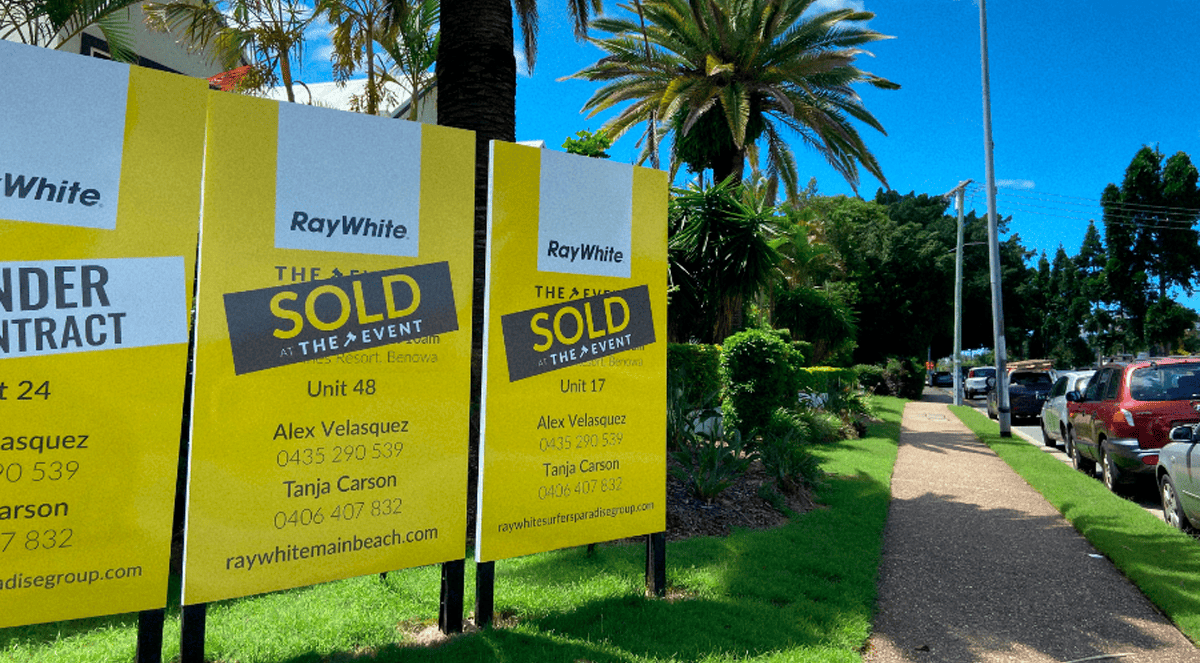
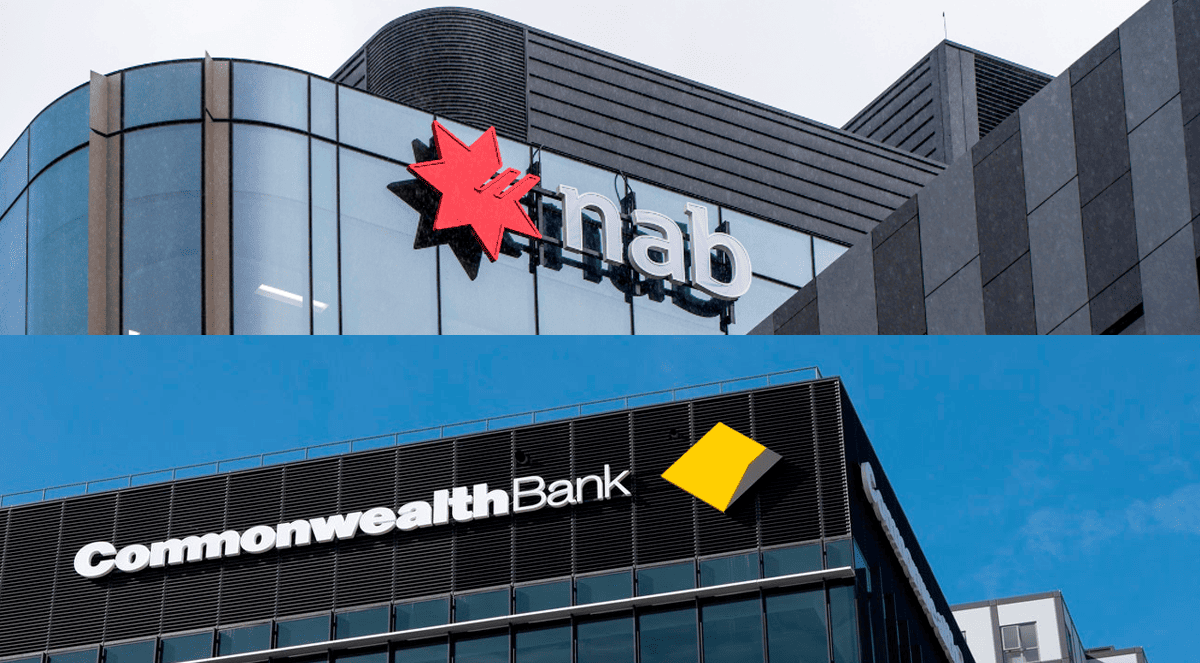
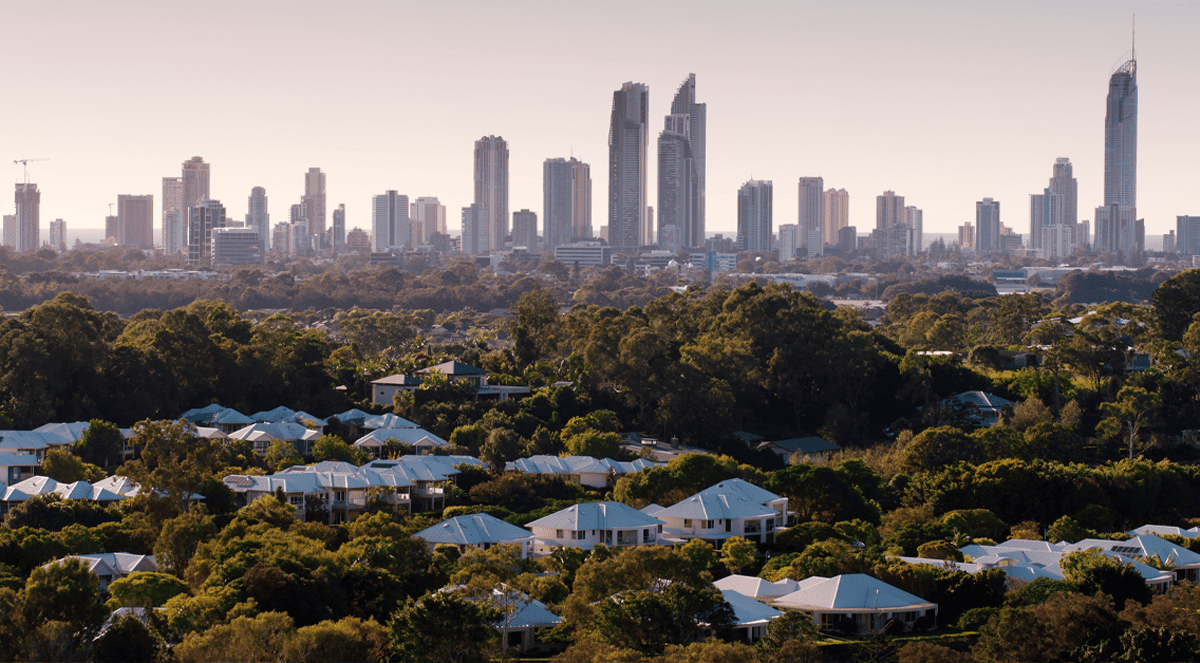
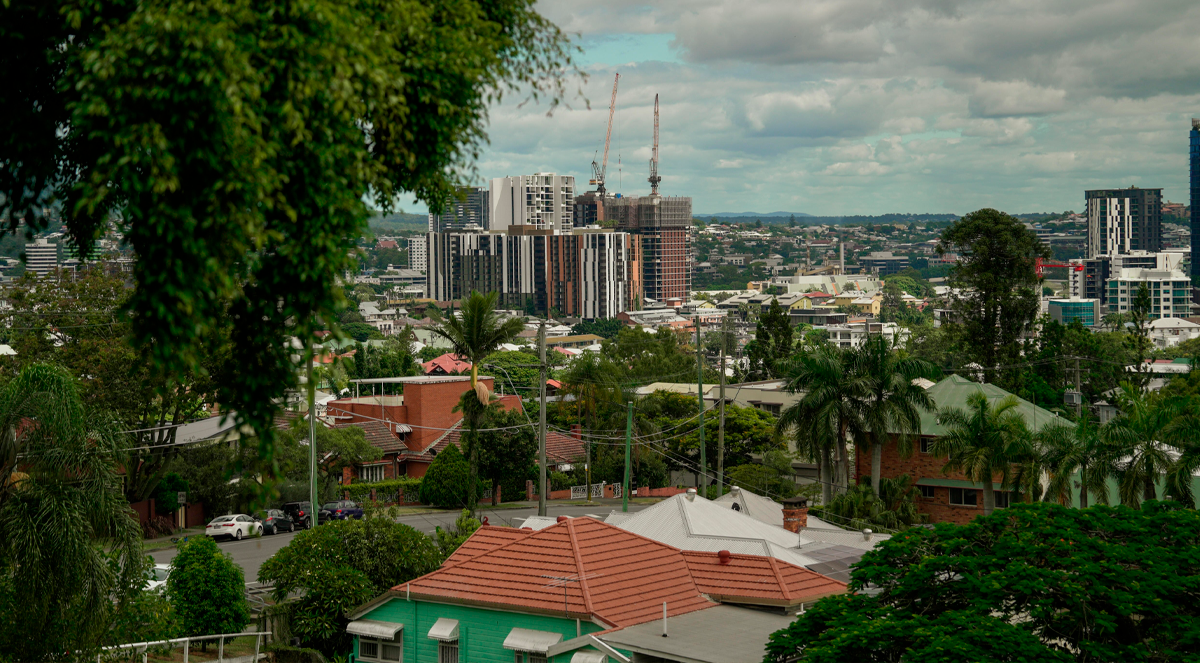
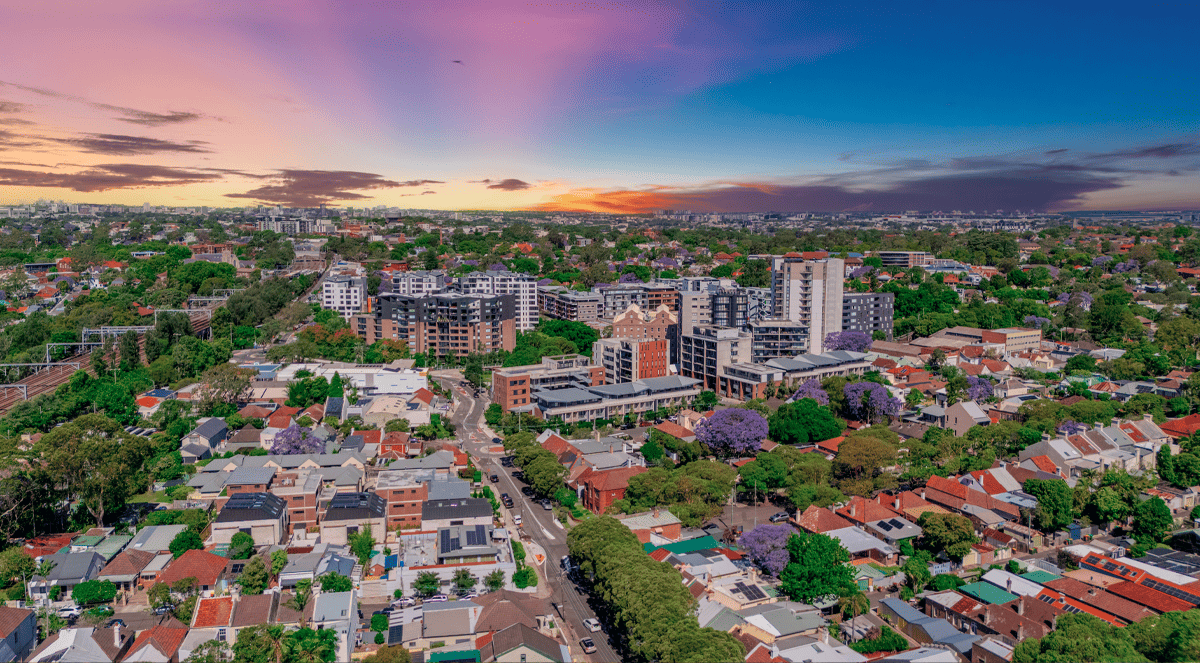
.jpg?width=1920&height=1080&name=Warning%2c%20You%20Might%20Be%20Facing%20Higher%20Taxes%20Soon%20(1).jpg)





.png?width=1920&height=1080&name=Rate%20Drops%20Signal%20BIGGEST%20Property%20Boom%20in%20DECADES%20(1).png)

.jpg?width=1920&height=1080&name=Labor%20vs%20Liberal%20These%20Housing%20Policies%20Could%20Change%20the%20Property%20Market%20Forever%20(1).jpg)
.jpg?width=1920&height=1080&name=QLD%20Slashes%20Stamp%20Duty%20Big%20News%20for%20Investors%20%26%20Home%20Buyers%20(1).jpg)
.jpg?width=1920&height=1080&name=Trump%20Just%20Slapped%20Tariffs%20%E2%80%93%20Here%E2%80%99s%20What%20It%20Means%20for%20Australia%20(1).jpg)
.jpg?width=1920&height=1080&name=Federal%20Budget%202025%20More%20Debt%2c%20No%20Housing%20%E2%80%93%20Here%E2%80%99s%20What%20You%20Need%20to%20Know%20(1).jpg)
.jpg?width=1920&height=1080&name=Australias%20Housing%20Crisis%20is%20about%20to%20get%20MUCH%20Worse%20(New%20Data%20Warns).jpg)
%20(1).jpg?width=1920&height=1080&name=Australias%20RENTAL%20CRISIS%20Hits%20ROCK%20BOTTOM!%20(2025%20Update)%20(1).jpg)
%20(1).png?width=1920&height=1080&name=Is%20Adelaide%20Still%20a%20Good%20Property%20Investment%20(2025%20UPDATE)%20(1).png)
.jpg?width=1920&height=1080&name=RBA%20Shocks%20with%20Rate%20Cuts!%20What%E2%80%99s%20Next%20for%20Property%20Investors%20(1).jpg)
%20(1).jpg?width=1920&height=1080&name=I%20Predict%20The%20Feb%20Rate%20Cut%20(My%20Price%20Growth%20Prediction)%20(1).jpg)
.png?width=1920&height=1080&name=Why%20Property%20Prices%20Will%20Rise%20in%202025%20Market%20Predictions%20(1).png)
.jpg?width=1920&height=1080&name=Why%20Investors%20Are%20Choosing%20Apartments%20Over%20Houses%202%20(1).jpg)
.jpg?width=1920&height=1080&name=Why%20Rate%20Cuts%20Will%20Trigger%20A%20Property%20Boom%20(1).jpg)
.jpg?width=1920&height=1080&name=Retire%20On%202Million%20With%20One%20Property%20(Using%20SMSF).jpg)
.jpg?width=1920&height=1080&name=4%20Reasons%20Why%20You%20Should%20Invest%20in%20Melbourne%20Now%20(1).jpg)
%20(1).jpg?width=1920&height=1080&name=Old%20Property%20vs%20New%20Property%20(Facts%20and%20Figures%20Revealed)%20(1).jpg)
%20(1).jpg?width=1920&height=1080&name=Will%20The%20New%20QLD%20Govt%20Create%20a%20Property%20Boom%20or%20Bust%20(My%20Prediction)%20(1).jpg)
%20Scott%20Kuru%20(1).jpg?width=1920&height=1080&name=Inflation%20Hits%20Three-Year%20Low%20(Will%20RBA%20Cut%20Rates%20Soon)%20Scott%20Kuru%20(1).jpg)
.jpg?width=1920&height=1080&name=How%20to%20Buy%20Investment%20Property%20Through%20SMSF_%20The%20Ultimate%20Guide%20(1).jpg)
.jpg?width=1920&height=1080&name=Victoria%20Slashes%20Stamp%20Duty%20Melbourne%20Set%20to%20Boom%20Scott%20Kuru%20(1).jpg)
.png?width=1571&height=861&name=Are%20Foreign%20Buyers%20Really%20Driving%20Up%20Australian%20Property%20Prices%20(1).png)
.jpg?width=1920&height=1080&name=The%20Single%20Factor%20That%20Predicts%20Property%20Growth%20Regions%20(1).jpg)
%20Scott%20Kuru%20(1).jpg?width=1920&height=1080&name=My%20Prediction%20On%20Rates%20%26%20Negative%20Gearing%20(Market%20Crash)%20Scott%20Kuru%20(1).jpg)

-1.png?width=1920&height=1080&name=Major%20Banks%20Cut%20Rates%20Will%20RBA%20Follow%20Suit%20(Sept%20Rate%20Update)-1.png)
%20Scott%20Kuru-1.png?width=1920&height=1080&name=Rate%20Cut%20Coming%20What%20New%20Zealands%20Move%20Means%20for%20Australia%20(Sept%20Prediction)%20Scott%20Kuru-1.png)
%20(1).jpg?width=1920&height=1080&name=Buy%20when%20the%20interest%20rates%20are%20high!%20(Why%20you%20must%20buy%20now!)%20(1).jpg)
.jpg?width=1920&height=1080&name=Carms_Revised%20Taxes%20Due%20Aug%209%20YT%20Thumbnail02%20(1).jpg)
.jpg?width=1920&height=1080&name=Carms_Too%20Little%20Too%20Late%20Aug%207%20YT%20Thumbnail01%20(1).jpg)









.jpg?width=1920&height=1080&name=Carms_Rate%20Drop%20In%20July%20Jun%2010%20YT%20Thumbnail02%20(1).jpg)
.jpg?width=1920&height=1080&name=Carms_Own%20a%20Property%20V6%20Jun%205_YT%20Thumbnail%20(1).jpg)









.png?width=1920&height=1080&name=Artboard%201%20(3).png)






.jpg?width=1920&height=1080&name=YT%20thumbnail%20%20(1).jpg)

